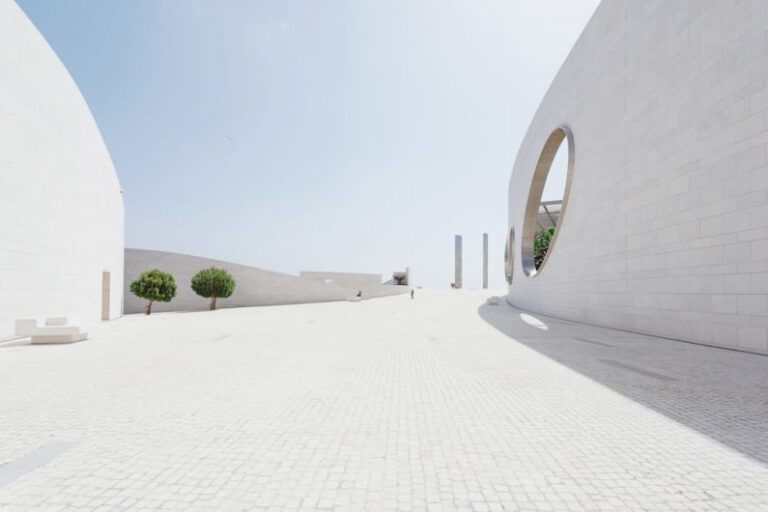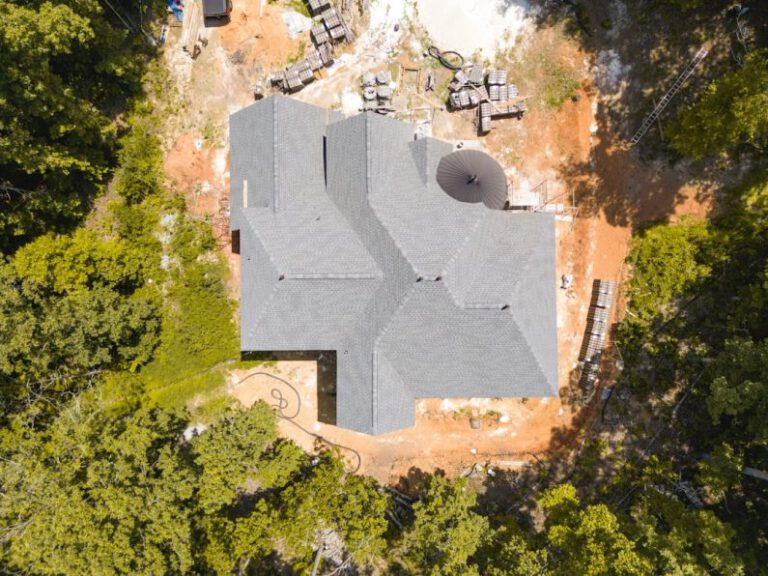How Will Green Roofs Shape Urban Buildings?
The concept of green roofs is not a new one, but its potential to revolutionize urban buildings is gaining momentum in recent years. Green roofs, also known as living roofs or eco-roofs, involve the cultivation of vegetation on rooftops, creating a layer of greenery that offers a range of environmental, economic, and social benefits. As the push for sustainable architecture and urban development grows, green roofs are emerging as a promising solution to mitigate the adverse effects of urbanization and climate change.
Enhancing Urban Biodiversity
One of the key benefits of green roofs is their ability to enhance urban biodiversity. In densely populated cities where green spaces are limited, green roofs provide a habitat for various plant species, insects, and birds. By creating mini-ecosystems on building rooftops, green roofs help support local biodiversity and promote the preservation of urban wildlife. This aspect is crucial in urban areas where natural habitats are continuously being replaced by concrete jungles.
Improving Air Quality
Urban areas are often plagued by poor air quality due to high levels of pollution from vehicles, industries, and other sources. Green roofs play a significant role in improving air quality by absorbing carbon dioxide, releasing oxygen, and filtering pollutants from the air. The vegetation on green roofs acts as a natural air purifier, helping to reduce the concentration of harmful gases and particulate matter in urban environments. This not only benefits the health of city residents but also contributes to a cleaner and more sustainable urban ecosystem.
Mitigating Urban Heat Island Effect
Urban heat island effect is a phenomenon where cities experience significantly higher temperatures than their surrounding rural areas due to human activities and the abundance of heat-absorbing surfaces like asphalt and concrete. Green roofs help mitigate this effect by providing a cooling effect through evapotranspiration and shading. The vegetation on green roofs absorbs sunlight, reduces heat absorption by buildings, and releases moisture into the air, creating a microclimate that helps lower ambient temperatures in urban areas. This not only improves the comfort of city dwellers but also reduces the energy consumption required for cooling buildings, leading to lower carbon emissions.
Enhancing Energy Efficiency
Green roofs play a crucial role in enhancing the energy efficiency of buildings. By providing an added layer of insulation, green roofs help regulate indoor temperatures, reducing the need for heating in winter and cooling in summer. This leads to lower energy consumption and reduced utility bills for building owners. Additionally, green roofs can prolong the lifespan of roofing materials by protecting them from temperature fluctuations and UV radiation, resulting in cost savings on maintenance and replacement.
Creating Urban Green Spaces
In many urban areas, green spaces are scarce, making it challenging for residents to connect with nature and enjoy outdoor activities. Green roofs offer a solution by transforming underutilized rooftop spaces into vibrant green areas that can be used for recreation, social gatherings, and urban agriculture. By bringing nature closer to urban dwellers, green roofs help improve the overall quality of life in cities, fostering a sense of community and well-being among residents. Furthermore, green roofs contribute to the aesthetic appeal of urban landscapes, enhancing the visual appeal of buildings and creating a more sustainable urban environment.
Embracing a Sustainable Future
As cities grapple with the challenges of rapid urbanization and climate change, the adoption of green roofs presents a promising opportunity to reshape urban buildings in a sustainable and environmentally friendly manner. By harnessing the power of nature to enhance biodiversity, improve air quality, mitigate heat island effect, enhance energy efficiency, and create urban green spaces, green roofs are poised to play a significant role in shaping the future of urban development. With the growing recognition of their benefits and the increasing demand for sustainable solutions, green roofs are set to become a defining feature of urban landscapes, paving the way for a greener and more resilient future for cities around the world.
In conclusion, the integration of green roofs into urban buildings represents a transformative approach to sustainable architecture and urban design. By leveraging the multiple benefits of green roofs, cities can address pressing environmental challenges, enhance the quality of urban life, and create more resilient and livable urban environments for future generations. As the global movement towards sustainability gains momentum, green roofs are poised to play a central role in shaping the future of urban buildings and setting new standards for environmentally conscious development.






